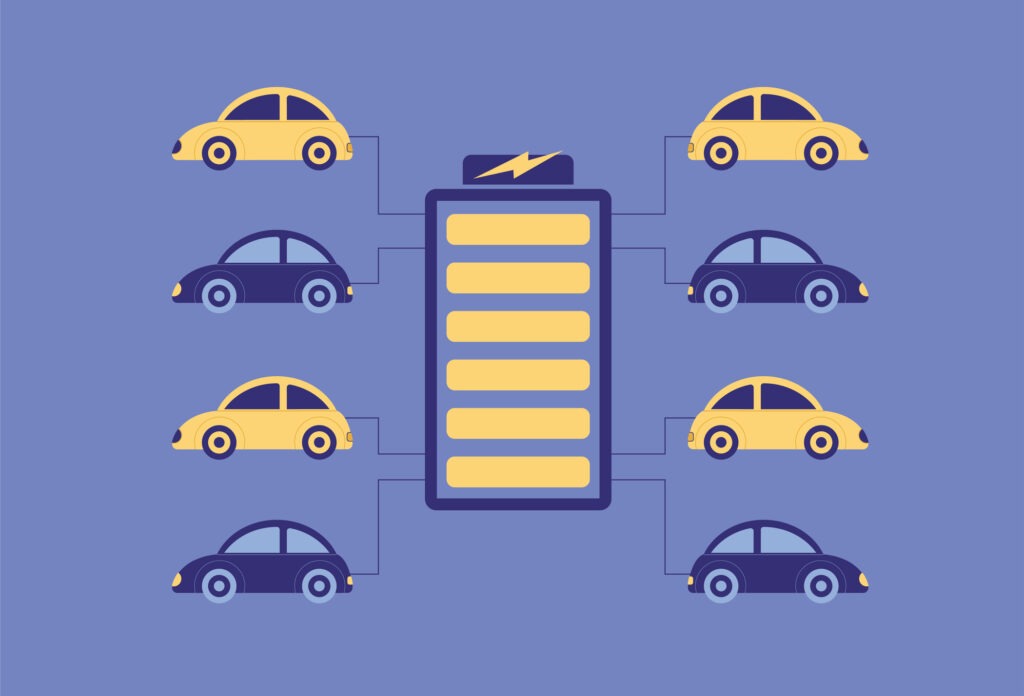German BEV registrations blighted by incentive change in September
09 October 2023

The German new-car market saw 224,502 registrations in September, stagnating with a year-on-year fall of 0.1%. A decline in the battery-electric vehicle (BEV) market did not help last month’s figures.
Taking a market share of 14.1%, 31,714 BEVs took to the country’s roads, down 28.6% year on year. This is a far cry from August’s 86,649 BEV total when the powertrain captured 31.7% of Germany’s new-car market. This exceptional number and last month’s weak performance were most likely the result of scaled-back purchase incentives.
From the beginning of September, only private buyers were eligible for BEV incentives, creating a flood of orders in August and a drought the following month. Without incentives, businesses were either no longer willing to prioritise all-electric technology or brought forward their purchasing plans.
Despite this, new data from the Kraftfahrt-Bundesamt (KBA) shows that overall private registrations fell by 10.3% while commercial figures increased by 5.7%, taking 66.9% of the new-car market.
Incentive changes are not solely affecting BEVs. Plug-in hybrid (PHEV) subsidies were withdrawn at the start of 2023, leading to drops in registrations. The powertrain continued its descent in September, recording 15,383 new units and marking a 45.7% year-on-year fall. This meant PHEVs accounted for 6.9% of the latest figures.
Meanwhile, petrol-powered models claimed 35.2% of the new-car market with 78,979 registrations, up 9.1% year on year. Diesel also saw registrations increase, up 4.6% to 39,900 units, equating to a 17.8% market share.
Suspicions confirmed
The VDA suggested that the best way to classify the turbulence of the last two months is by combining the figures from August and September. From this perspective, BEV sales increased by a more reasonable 55% compared with the same period in 2022. Meanwhile, PHEV sales fell by 44%.
September’s difficult results confirm the suspicions of automotive industry representatives, such as ZDK vice president, Thomas Peckruhn. ‘It shows what we predicted months ago. The manufacturers' backlogs of deliveries have largely been reduced and the demand for new vehicles is low - especially in the private sector,’ he said.
Peckruhn went on to explain that price developments and availability are indicating an increasingly difficult sales situation. This is particularly applicable to cars in the small and compact segments, which are usually on the lower end of the price spectrum.
This gloomy outlook is reflected in the results of the ifo Institute’s automotive business survey. ‘German carmakers and their suppliers are satisfied with their current situation, but their expectations are still at rock bottom,’ said Oliver Falck, director of the ifo Centre for Industrial Organisation and New Technologies.
Over half (53%) of survey respondents claimed the supply of important intermediate products remains tight. Domestic production only reached 340,500 cars last month, down 8% on September 2022. However, plans to increase production in the coming months remain firm, with hopes of passing on increased manufacturing costs.
According to the ifo, this means fewer employees. ‘On the one hand, the structural shift to electromobility means fewer workers will be needed, while on the other, the shortage of skilled workers will make it increasingly difficult to recruit personnel,’ Falck added.
A distorted comparison
In the first nine months of 2023, the German new-car market recorded 2.1 million registrations, up 14.5% on the same period on 2022. While promising, this growth is set against a weaker 2022, which has distorted year-on-year comparisons. Compared with the January to September of 2019, the German new-car market saw 21.9% fewer registrations.
EV-volumes.com forecasts that the German new-car market will finish this year up 7.1% on 2022, followed by a slightly slower 2024 with 1.7% year-on-year growth. BEVs are now expected to see out 2023 with just over 18% of the market, down on last month’s estimate of around 20%.



